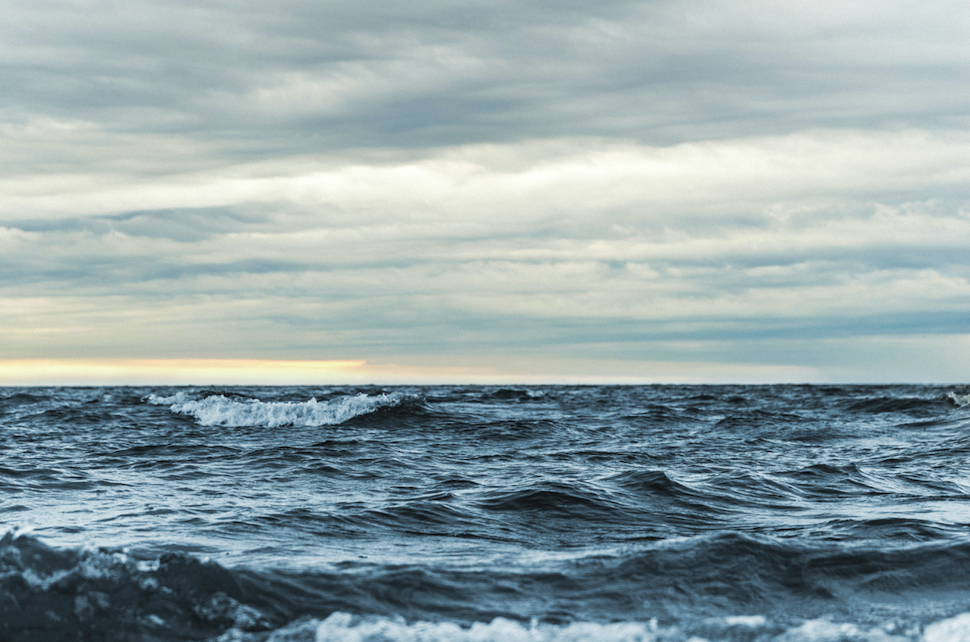Every boater envisions a day of calm waters and sunny skies - but sometimes, Mother Nature has other plans.
When you spend enough time on the water, you will eventually find yourself in an unexpected storm. Make no mistake - it is a matter of when, not if.
Rough sea and weather conditions can lead to a dangerous situation. That’s why it’s important to learn how to safely navigate safely rough waters. When the waves and wind inevitably kick up, you will have the skills and knowledge to read the situation at hand and know what to do next.
» RELATED: Extreme Weather and Your SkiSafe Policy
Here are a few tips to help when the water turns rough.
Tip #1: Check the Forecast
Before you do anything, check the weather forecast and water conditions ahead of your outing. Listen to marine-weather broadcasts from the USCG and warnings/alerts from local advisories.
It’s very easy to find the marine forecast. Simply go to the National Weather Service's NWS Marine Weather Services homepage. This page provides links to Weather Forecast Offices, National Centers, and regional information (i.e., buoy observations, tide predictions, etc.). You can even get an hourly marine forecast for a single point here.
Never skip this step. It is the best way to stay safe and avoid rough water altogether.
Tip #2: Have Plenty of Supplies
Having the proper gear and equipment can make the difference between an averted crisis and a dangerous emergency. Always keep a surplus of boating supplies on board. This includes:
- Life Jackets (It’s always important to wear a lifejacket. When the seas turn rough, this becomes especially important)
- Fuel (Bad conditions can slow your progress and drain your gas tank)
- An emergency kit
- Flashlight or flares
- Manual propelling device
- Fire extinguisher(s)
- Sound-signaling device
- Navigation lights
- VHF Radio
» RELATED: Boat Safety Electronics
Tip #3: Reduce Your Speed
If you find yourself in rough sea conditions, reduce the boat’s speed. This will allow you to maintain control and change course when needed.
Many people increase speed and cut through waves quickly to find calmer water conditions. However, as the water becomes rougher, this will only increase your chances of colliding into another vessel and damaging your boat. Fight the urge to outrun a storm.
Instead, keep an eye out for other boats, personal watercraft, and floating debris. Slower speeds enable better reaction times to any objects in your way.
Tip #4: Stay On Top of the Waves
If the waves grow bigger, do your best to ride them out as calmly as possible. As an upcoming wave approaches, maintain a 45-degree angle. Do not meet it head-on or on a straight path.
You should zig-zag with the waves toward the dock or shore. This will lessen the impact on your boat.
Tip #5: Stow Away Belongings
Strap down, stow away, and properly secure belongings. From essential fishing gear to your first-aid kit, stow all supplies into storage compartments. You could even stuff towels on top to ensure these things stay in place. If you run out of room, use Velcro fasteners to secure any left-over items.
For both safety and monetary purposes, you do not want loose equipment flying around during a storm. This is extremely hazardous, especially during an emergency.
Tip #6: Don’t Panic
No amount of preparation or years of boating experience can fully prepare you for extremely rough water conditions. In the moment, you might feel scared and start cycling through an endless series of frightening possibilities.
But panic makes us bad decision-makers. Take a second to breathe and assess the situation before deciding what to do next.

